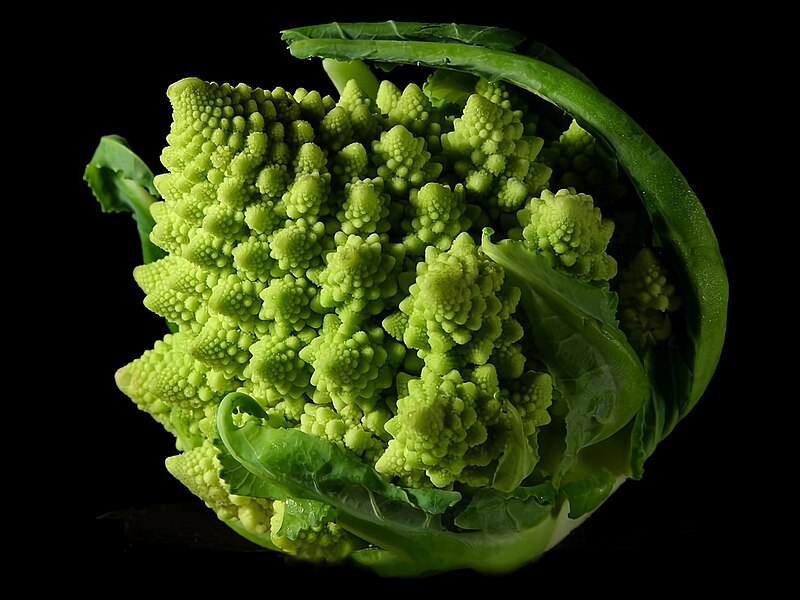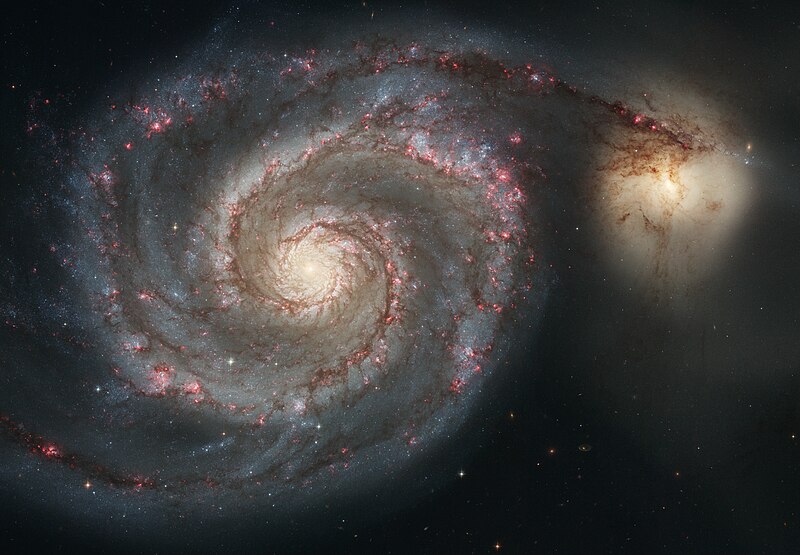
I caught just a part of Dara O’Briain’s School of Hard Sums the other night. It’s a great show but what interested me about this particular one was their discussion about spirals – a logarithmic spiral in particular. I could see the shape they were coming up with in their drawings, but couldn’t think what it was called.
There’s something about this shape I find very pleasing. Why? I have no idea. I’m no mathematical genius (words are my thing!), so when I’m told it can be described using polar coordinates, I have only the flimsiest grasp of what that means. I did know that this particular form of spiral crops up in nature, and couldn’t remember where I’d seen good examples, so I looked it up. This geometric form has been used by Mother Nature in some of her smallest and largest creations.
 The one that was lurking in the back of my mind was the lovely Nautilus shell, probably from my evolution-studying days.
The one that was lurking in the back of my mind was the lovely Nautilus shell, probably from my evolution-studying days.
“Having survived relatively unchanged for millions of years, nautiluses represent the only living members of the subclass Nautiloidea, and are often considered “living fossils.”
Wikipedia
To me, these really are things of beauty.

Even this Romanesco broccoli looks more attractive than its more tradition bound cousins.
I mean, I like eating broccoli, but I’ve not really though of it as something to look at – have you?! But this geometric formation makes it more appealing.
Many of us will be familiar with lograithmic spirals – even if we don’t realise that’s what they are – from watching weather forecasts. Those swirling areas of low pressure often form approximately logarithmic spirals.

But way, way above those weather systems are logarithmic spirals that we need a telescope to appreciate; the spiral arms of galaxies. This is the Whirlpool Galaxy, around 23 million light years away from our own Milky Way.
Gorgeous, isn’t it?
And talking of gorgeous…
 This is a logarithmic spiral, but also a part of a Mandelbrot set. Don’t know what one of those is? Nor did I…
This is a logarithmic spiral, but also a part of a Mandelbrot set. Don’t know what one of those is? Nor did I…
“The Mandelbrot set is a mathematical set of points whose boundary is a distinctive and easily recognizable two-dimensional fractal shape.”
Wikipedia
Well now we know. But this is the bit of the article which interests me:
“The Mandelbrot set has become popular outside mathematics both for its aesthetic appeal and as an example of a complex structure arising from the application of simple rules.”
Aesthetic appeal. But why should a pattern – a mathematical visualisation – be appealing? Most of our human preferences have been developed over time by evolution; even though it can sometimes be a murky area, we can usually see logical reasons for why we like or avoid certain things – homage to the survival instincts of a species that, by some lights, has done rather well for itself.
But what is the evolutionary value or reason for certain shapes catching our eye? What makes one pattern or a combination of colours pleasing, while others revolt us?
Cyclones, the hunting flight of a hawk, a Californian beach, a set of corneal nerves – logarithmic spirals are to be found in all these places, formed by the forces of nature. But this still doesn’t tell me why I find them so beautiful. Will an appreciation of them make me likelier to survive or live longer? It’s hard to see how!
So perhaps I should just shut my science brain off; forget evolution, archaeology, anthropology, logic. Maybe I should just be glad that these perfect patterns exist, and enjoy looking at them wherever they can be found.
The shape reminds me of the cochlea – so of course your post is very well timed seeing as I am back today from London where my Dad has just had a cochlea implant inserted. So even in our bodies we have these pretty little spirals And when I doodle I always do spirals, it is such a lovely shape xx
Well I hope your Dad’s spiral works well for him, Karen! Now you are an ideal case in point 🙂 Obviously you do a lot of art and craft activities, and you must sit there sometimes tweaking items on a page until they’re just right; changing the colour of a background, the depth of a border, or the arrangement of the elements on a page. What fascinates me is, what is it that makes your creative brain think your final arrangement is better than the original – and why, as human beings, do we identify and care about beauty? After all, you’re not likely to fight off a bear with a handmade card – and I’m not sure a more attractive one would make all the difference if you did! 🙂